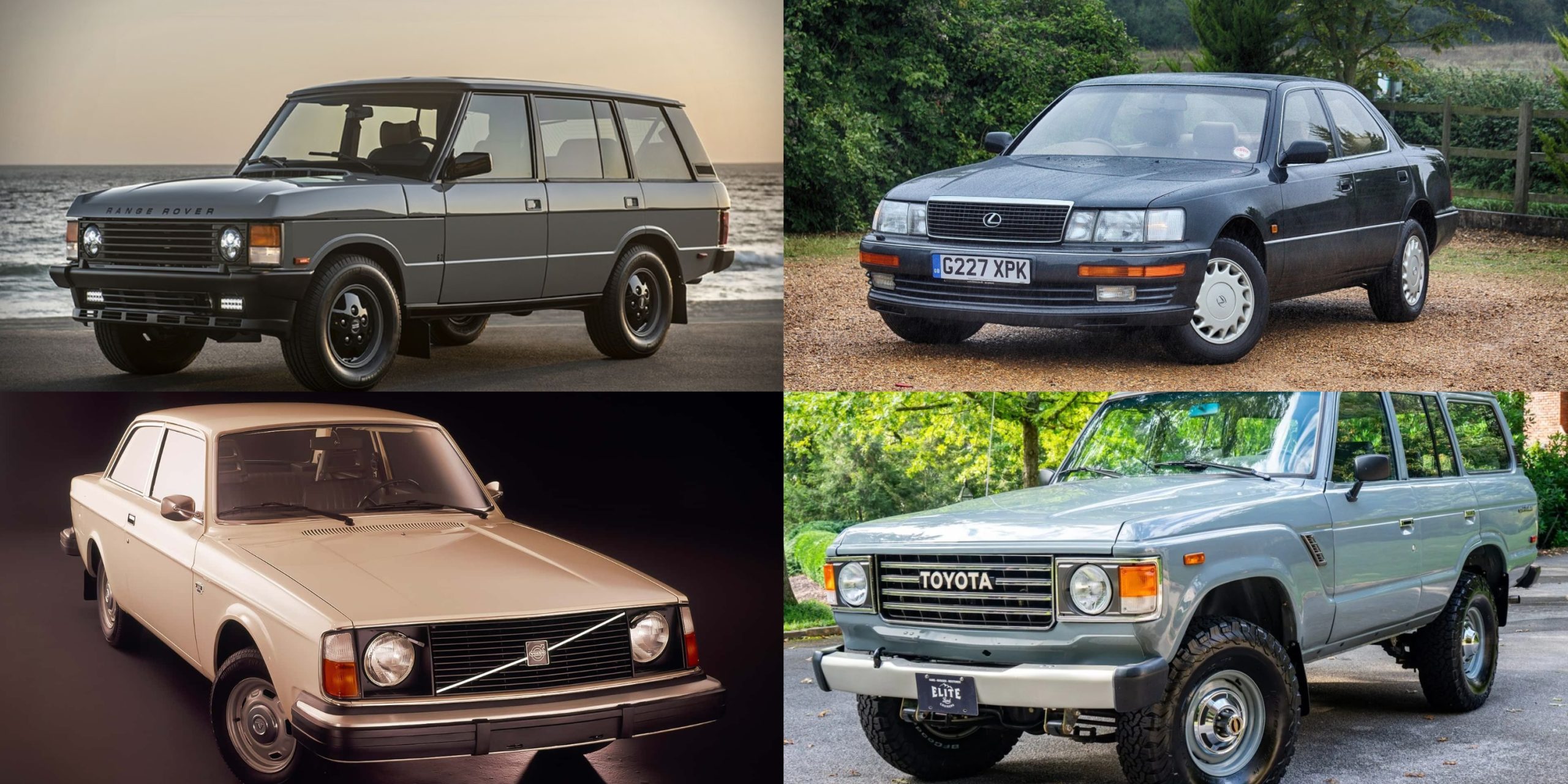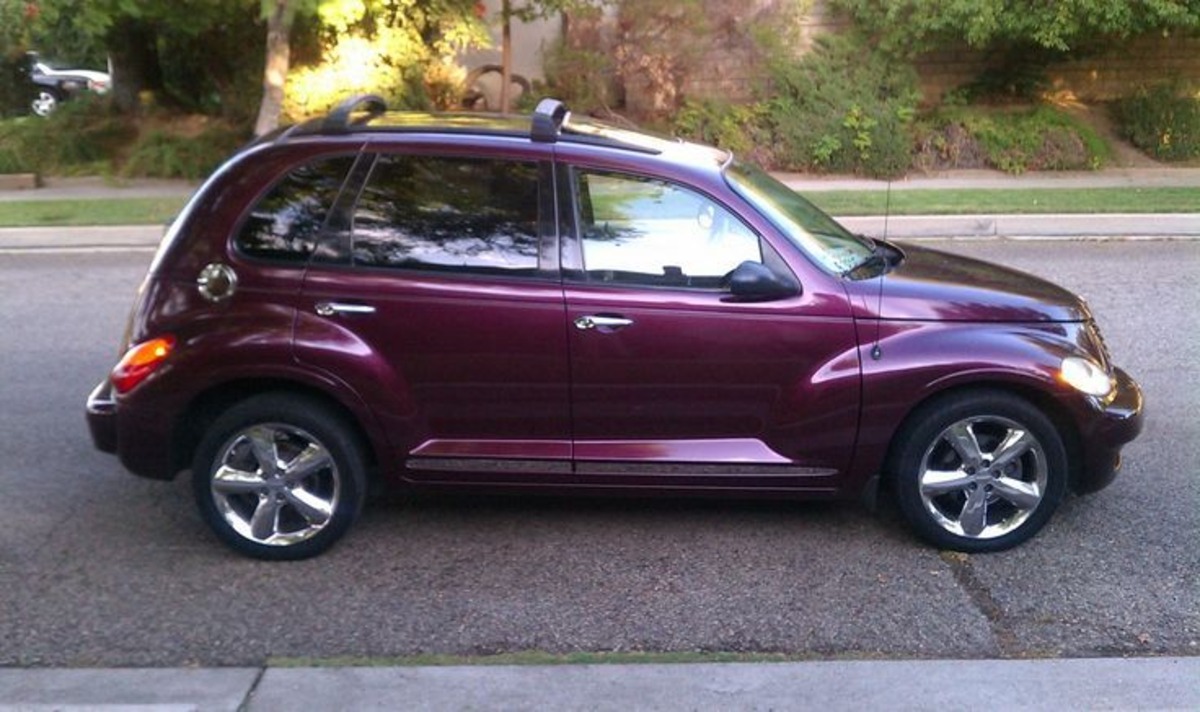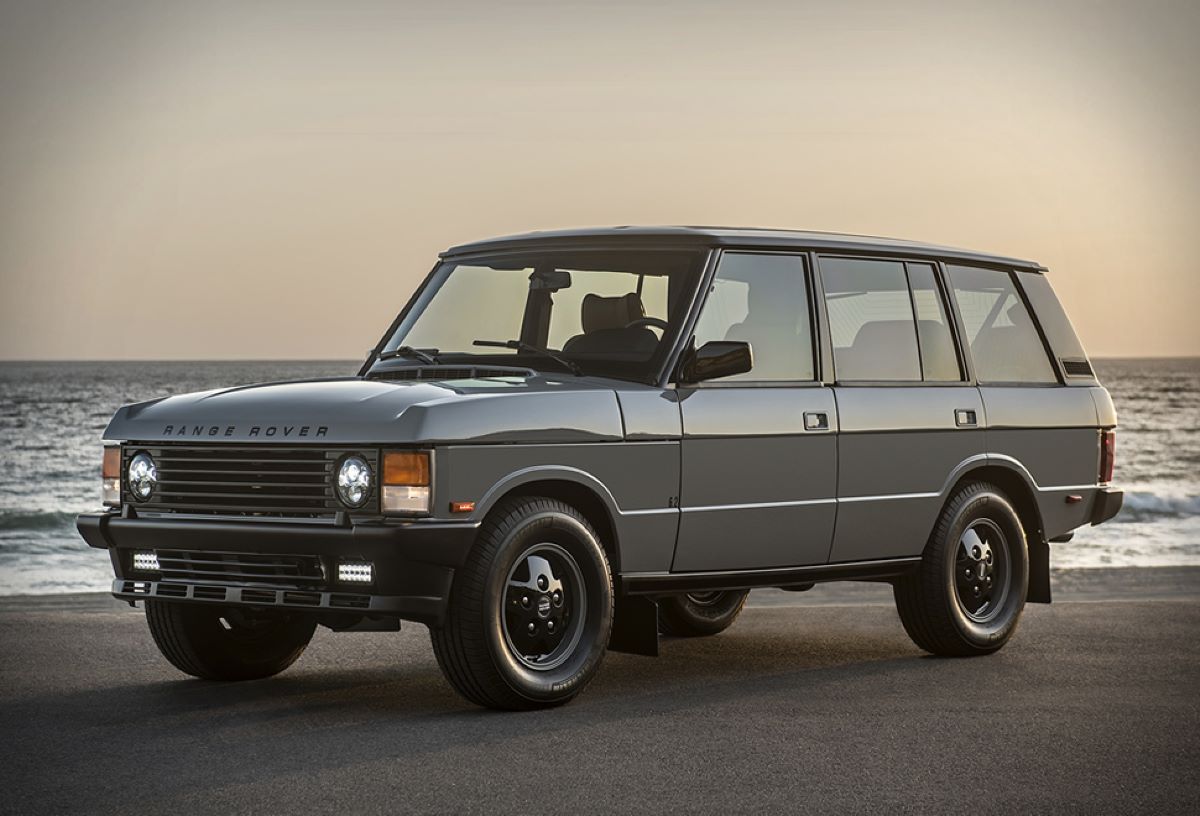In this article, we’re diving deep into both ends of the spectrum—exploring five cars that earn their status through enduring quality, and five that gained notoriety more for their breakdowns than their brilliance.
Whether you’re a gearhead, a casual driver, or someone shopping for a classic car, this breakdown will help separate the myth from the mechanical reality. We’ll highlight what made these cars famous, why some are loved even decades after their debut, and why others became cautionary tales.
So, buckle up—we’re taking a ride through automotive history, exploring the cars that built their reputations on reliability and those that broke down on the way.
Also read: 12 Concept Cars That Showcase the Future of American Automobiles
5 Iconic Cars That Are Reliable

1. Toyota Land Cruiser (J80 Series and J100 Series)
The Toyota Land Cruiser has long been the go-to vehicle for adventurers, explorers, and off-road enthusiasts. Known globally for its rugged reliability, the J80 and J100 series in particular have cemented their place in history.
These vehicles were built with durability in mind—engineered to handle everything from desert dunes to arctic tundra. The J80 series, produced from 1990 to 1997, was a perfect blend of luxury and ruggedness.
It came with solid axles, full-time four-wheel drive, and a bulletproof inline-six engine. The J100 series that followed from 1998 to 2007 brought more comfort and refinement while still retaining the durability.
One of the key reasons for the Land Cruiser’s legendary dependability lies in Toyota’s philosophy of overengineering. Toyota didn’t just aim to meet performance standards—they exceeded them.
Every component in the Land Cruiser, from the drivetrain to the suspension, was designed to last hundreds of thousands of miles. Owners frequently report surpassing the 300,000-mile mark with only basic maintenance, making these vehicles an incredible long-term investment.
These models have become cult classics and are in high demand on the used market, often fetching prices well above their expected resale value.
Their dependability in extreme environments—from rural Africa to the Australian Outback—has given them a near-mythical status. If you’re looking for a vehicle that will go the distance and still look good doing it, the Toyota Land Cruiser is a no-brainer.

2. Honda Civic (1990s–2000s Models)
Few cars have achieved the everyday hero status like the Honda Civic. Introduced in the early 1970s, the Civic became known in the 1990s and 2000s for its remarkable reliability and efficiency. These models are still a common sight on roads today, often with odometers that have spun well past the 200,000-mile mark.
The 1996–2000 sixth-generation Civic and the 2001–2005 seventh generation were especially known for their low maintenance costs and fuel economy, making them a favorite among first-time buyers and commuters alike.
The Civic’s success can be attributed to Honda’s engineering discipline. Their small-displacement engines, like the D-series and K-series, are known for running forever with minimal issues. The simplicity of the car’s design means that repairs are straightforward and inexpensive.
Moreover, Honda’s strong supply chain ensures that parts are always available and affordable. These factors combined make the Civic a textbook example of functional, efficient automotive design.
Beyond just dependability, the Civic became a cultural phenomenon. It found a second life in the street racing scene and tuner culture, thanks to its light chassis and responsive engine. Whether you’re after performance or practicality, a 90s or early 2000s Civic is both iconic and impressively reliable.
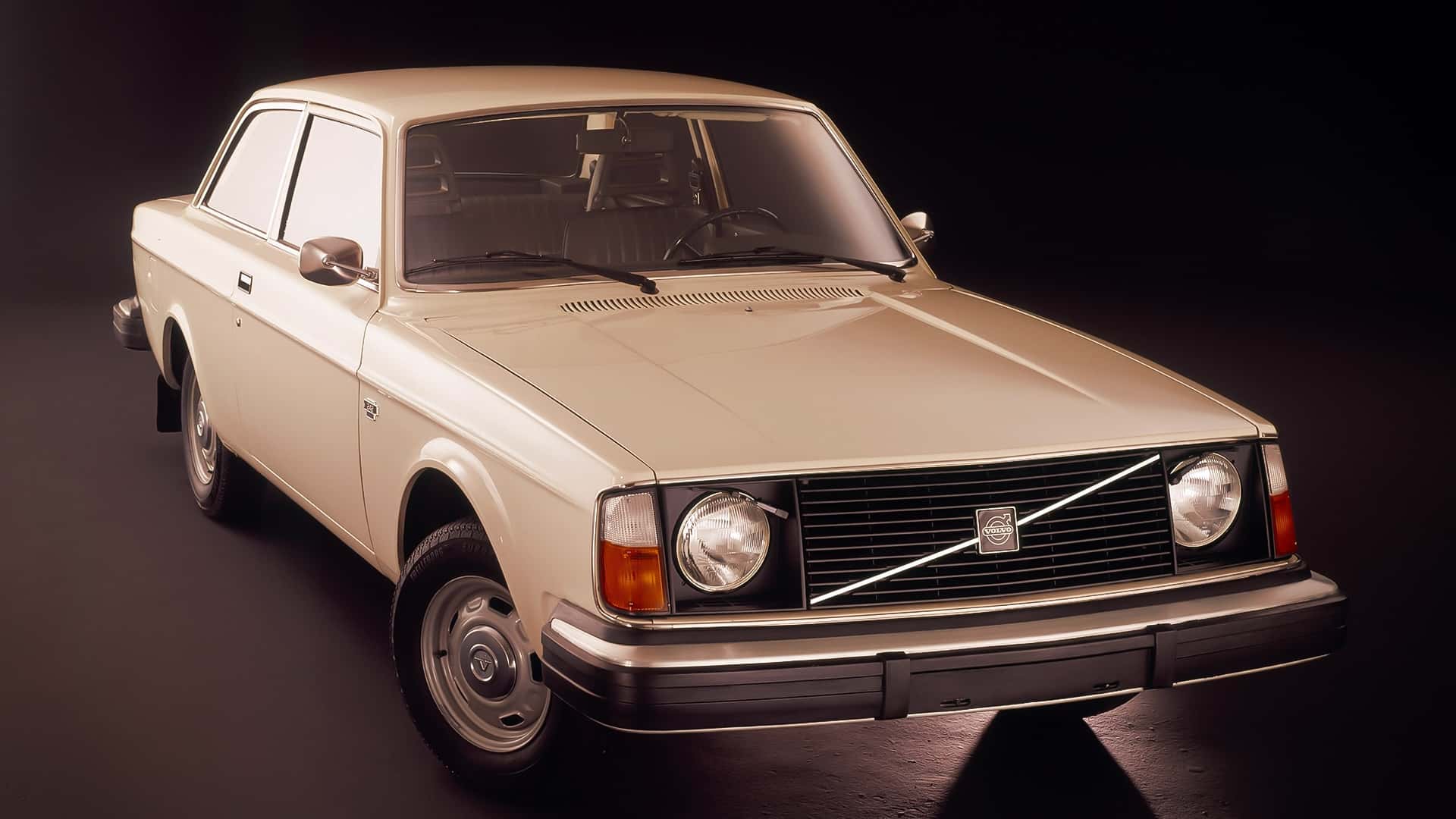
3. Volvo 240 (1974–1993)
The Volvo 240 is the kind of car you hear about still running reliably long after newer models have gone to the scrapyard. Built like a tank and famously safe, the 240 series carved out a reputation for being the sensible, long-lasting family car of the late 20th century.
From its boxy design to its no-nonsense engineering, this car represents the Swedish commitment to practical, user-friendly vehicles. It wasn’t flashy, but it was dependable in every sense.
Volvos from this era were often praised for their “brick” design, both in shape and strength. The 240’s powertrain was remarkably sturdy, and the B21/B23 inline-four engines were overbuilt, often exceeding 300,000 miles with regular maintenance.
Mechanics still praise the 240’s straightforward layout, which makes repairs simple and affordable even decades later. The car’s RWD layout and weight distribution also made it surprisingly competent in winter driving conditions, which further solidified its legacy in colder climates.
It’s common to hear stories of 240s passed down through generations, still running strong. That kind of long-term service isn’t just reliability—it’s legacy. The Volvo 240 might not be the flashiest icon, but it’s one of the most steadfast companions the road has ever known.
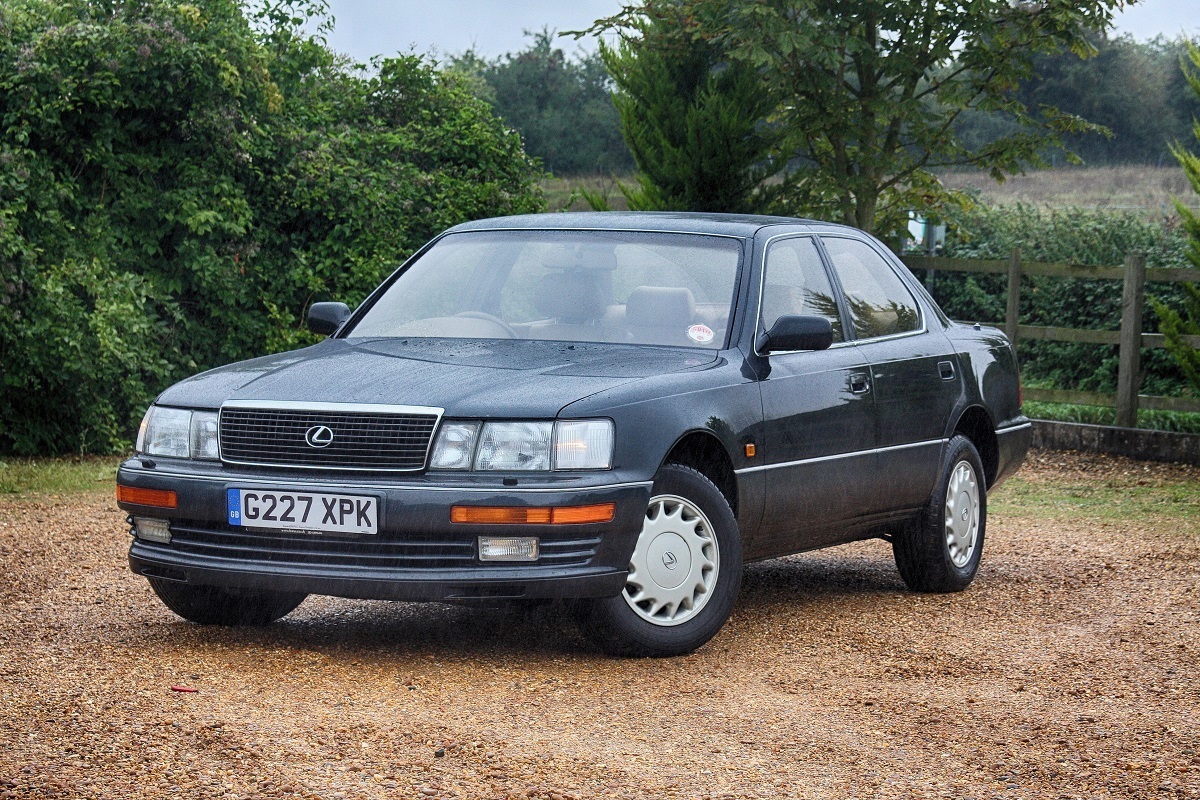
4. Lexus LS400 (1989–1994)
When Toyota launched the Lexus brand in the late ’80s, it was aiming straight at the German luxury giants. The LS400 was the brand’s opening salvo—and it blew the competition away in terms of reliability. While it offered a luxurious ride and premium features, what really set it apart was its engineering.
This car was whisper-quiet, immaculately built, and nearly indestructible. It was a statement car that proved Japanese luxury could be more than just plush—it could be precise and enduring.
At the heart of the LS400 was the 1UZ-FE V8 engine, a marvel of mechanical engineering that remains one of the most reliable engines ever made.
Mated to a four-speed automatic transmission, the LS400 could clock hundreds of thousands of miles with no major issues. Its build quality—tight panel gaps, high-grade materials, and bulletproof mechanicals—sets a new standard. It’s not uncommon to find early LS400s still running today with minimal repairs beyond basic upkeep.
The LS400 didn’t just earn its place as an icon of reliability—it reshaped the luxury car market. Owners fell in love with the car’s blend of refinement and worry-free ownership. In the used market today, the LS400 is a hidden gem: a high-end driving experience without the typical high-end maintenance costs.
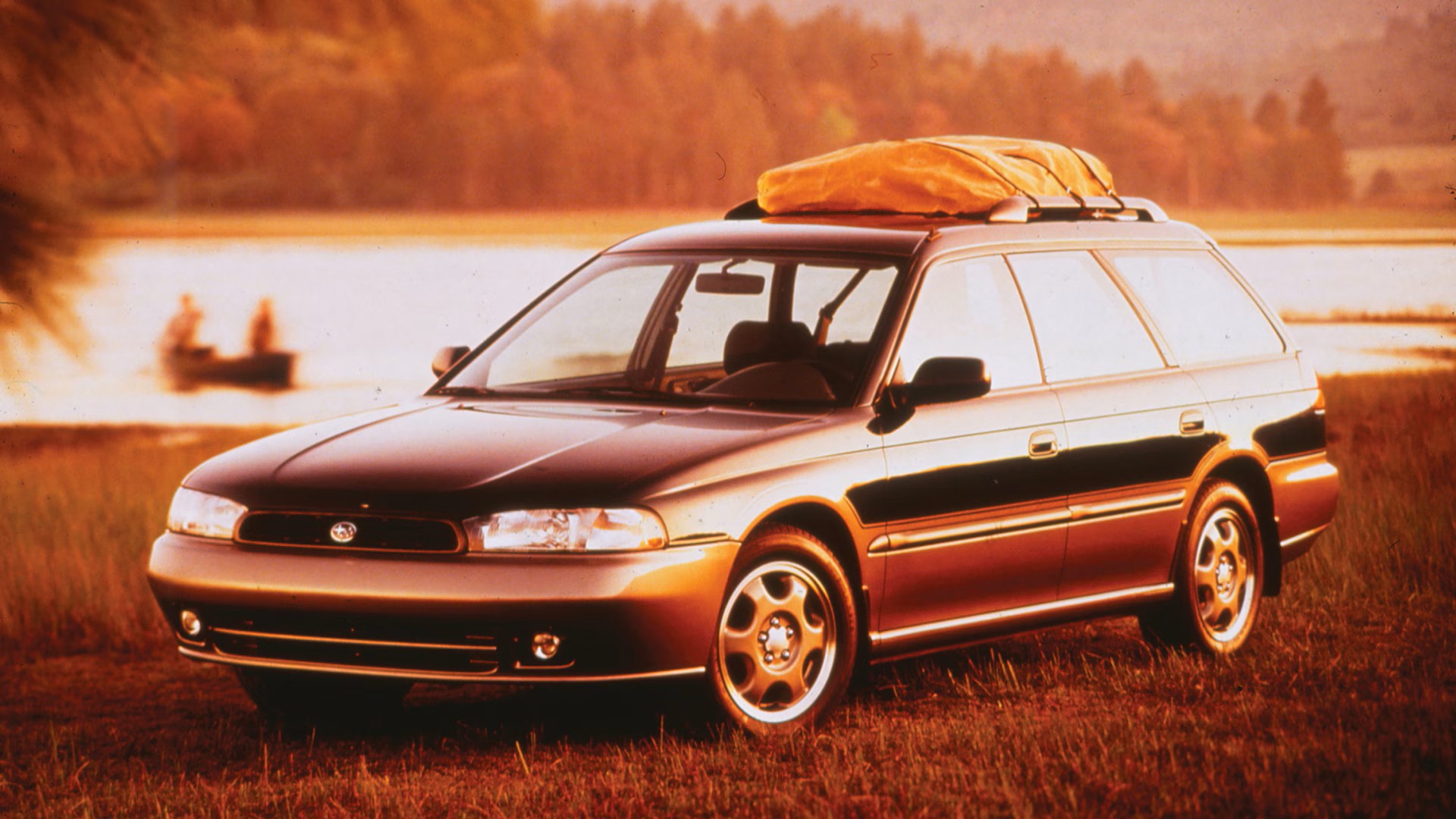
5. Subaru Outback (Late 1990s–Early 2000s)
Blending utility, all-weather capability, and long-term durability, the Subaru Outback from the late ‘90s and early 2000s earned its reputation the hard way—through real-world dependability.
These wagons were ideal for families, hikers, and anyone living in snowy climates. With standard all-wheel drive and boxer engines, the Outback delivered solid performance in conditions that would leave other cars stuck in the driveway.
One of the reasons for the Outback’s longevity is Subaru’s commitment to function-first design. While the boxer engine layout had its quirks, regular maintenance made these cars extremely dependable.
The combination of a rugged suspension system, decent ground clearance, and all-wheel drive meant these vehicles could handle unpaved roads, snow, and mud without hesitation. Many owners kept their Subarus for over 15 years, often becoming lifelong fans of the brand.
The Outback also helped Subaru establish a brand image centered on practicality and resilience. It was the right car at the right time for outdoorsy, practical-minded drivers. Today, these early Outbacks still command respect—and often a good resale value—thanks to their proven track record and cult following.
5 Iconic Cars That Are Just Famous for Breaking
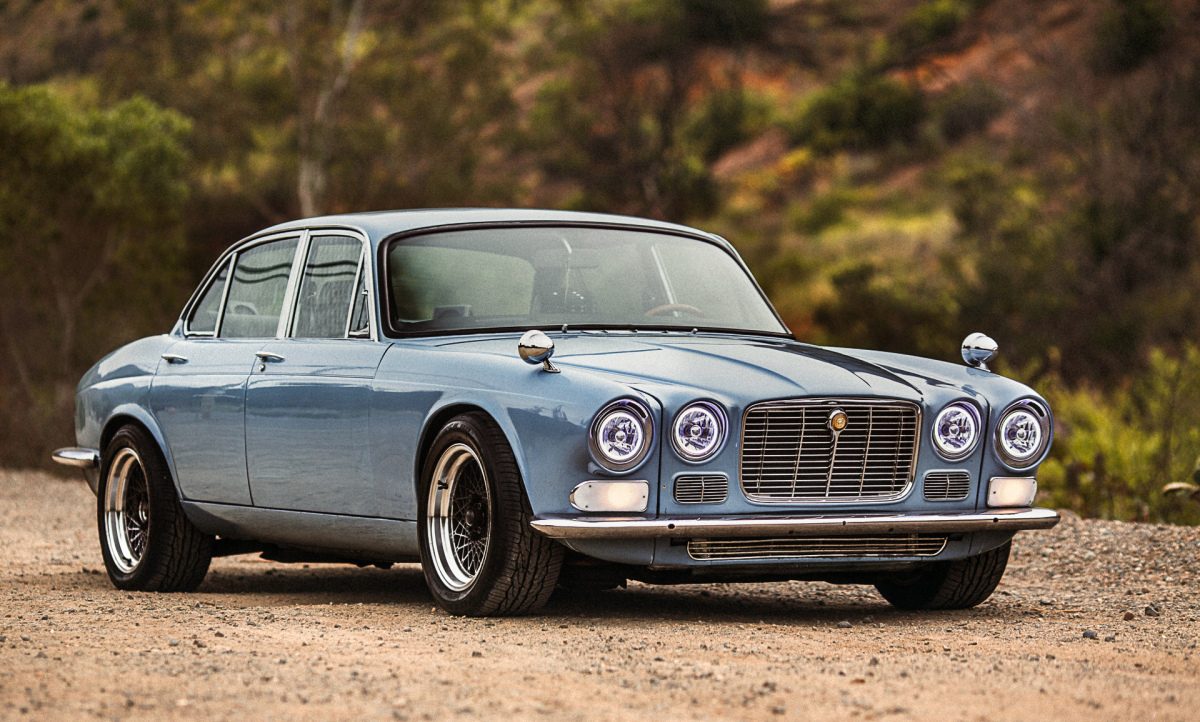
1. Jaguar XJ6 (1970s–1980s Models)
The Jaguar XJ6, especially from the 1970s and 1980s, was a masterpiece of British luxury design—but a nightmare in reliability. With its elegant lines, plush interiors, and smooth ride, the XJ6 promised a taste of aristocratic motoring.
Unfortunately, owning one often meant spending more time at the repair shop than behind the wheel. Electrical gremlins, poor build quality, and persistent mechanical issues plagued these models.
One of the biggest culprits was the Lucas electrical system, often joked about as “the Prince of Darkness” due to its legendary unreliability. Everything from power windows to fuel injection systems could fail without warning.
Combine that with leaking head gaskets, poor rust-proofing, and finicky carburetors, and you had a car that tested the patience (and wallets) of its most devoted fans. It wasn’t uncommon for owners to keep a backup vehicle just for when the Jag was in the shop.
Despite its issues, the XJ6 remains iconic, largely due to its stunning design and luxurious ride. For those willing to pour money into keeping it running, it’s still a joy to drive. But no one would mistake it for reliable—unless your definition of reliability includes frequent encounters with your mechanic.


